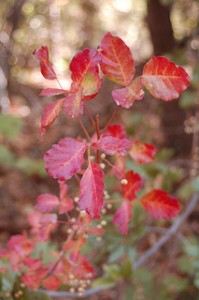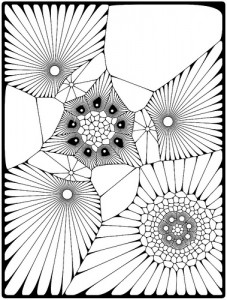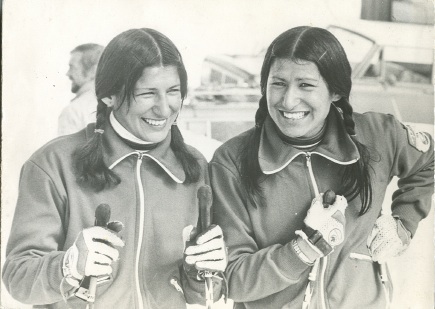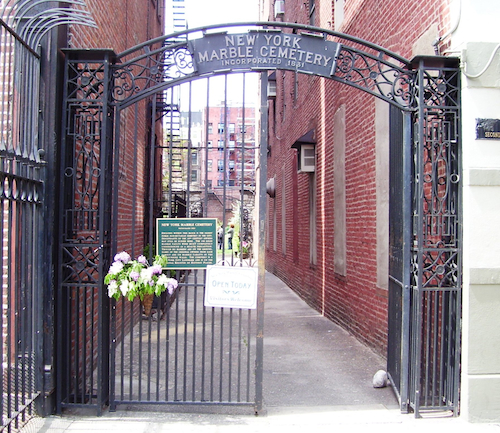 “There are so many women in the world, so many fresh and young and virtuous women, so many good and kind women. Why have I been cursed with women who destroy the children in their own wombs?”
“There are so many women in the world, so many fresh and young and virtuous women, so many good and kind women. Why have I been cursed with women who destroy the children in their own wombs?”
So complains Hilary Mantel’s fictional version of Henry VIII – and this Sunday marks the date, 477 years ago, when Anne Boleyn paid the price for his lament.
Boleyn was the second of Henry’s six wives. Though Henry broke with the Catholic church to marry Boleyn, he had her executed on May 19, 1536, three years after she became his wife. He was frustrated with her and her inability to have a male child – something which four of Henry’s other five wives also failed to do.
Reading Mantel’s enthralling novel, “Bring up the Bodies,” which documents the souring of the marriage through the lens of Henry’s adviser, Thomas Cromwell, I couldn’t help wondering how this situation – indeed, the course of history – might have turned out differently if the sixteenth-century English court had access to modern medicine.
 Guest poster Mary Caperton Morton wrote a
Guest poster Mary Caperton Morton wrote a 




